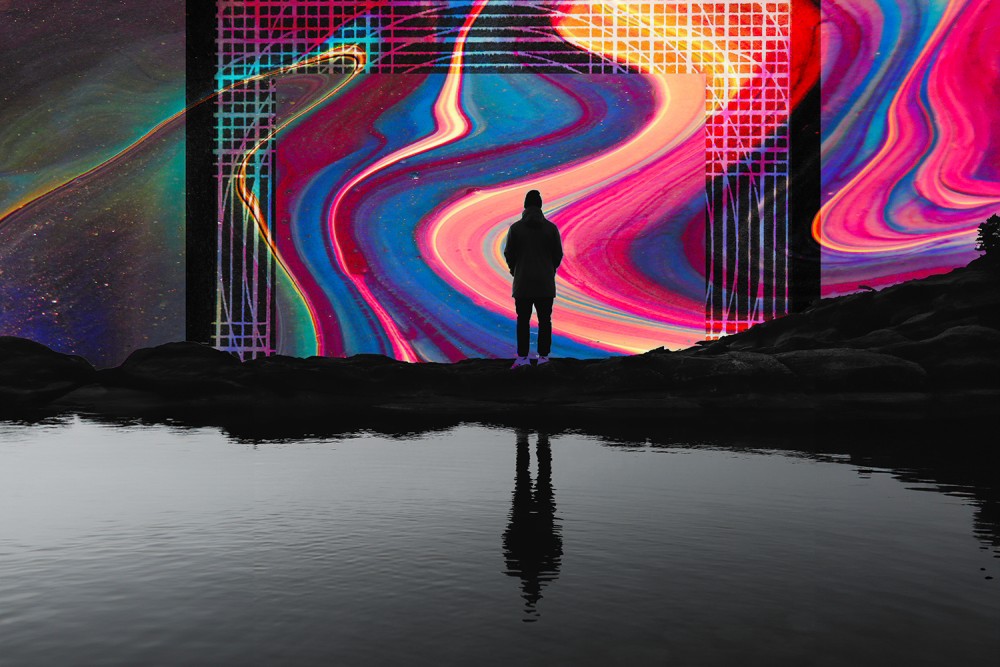Soul-altering substances
What implications does the psychedelic renaissance have for faith and spirituality?

Sources images: Unsplash / Pexels
In 2015, the CENTURY published an advertisement with the headline “Seeking Clergy to Take Part in a Research Study of Psilocybin and Sacred Experience.” The notice from Johns Hopkins School of Medicine invited leaders from all religious traditions to volunteer for a study involving a psychedelic drug, psilocybin. Those who followed the link to the website learned that psilocybin is the active ingredient in what it called “sacred mushrooms.” Psilocybin, the website explained, has “been reported to occasion unitive and mystical experiences.”
The reported link between psilocybin and mystical experiences was based on earlier work done at Hopkins. In a 2006 peer-reviewed article, researchers made this stunning claim: “When administered to volunteers under supportive conditions, psilocybin occasioned experiences similar to spontaneously occurring mystical experiences which were evaluated by volunteers as having substantial and sustained personal meaning and spiritual significance.” Follow-up studies have consistently confirmed this finding.
If they already knew this, why would Hopkins scientists want to run virtually the same experiment again, but with religious leaders? One hint is found at the top of the webpage in the form of a question: “Can psilocybin help deepen spiritual lives?” If clergy took a psilocybin journey, how would they answer that question? The website mentioned the “expertise” of religious leaders. Would their training in religion help them find the language to describe experiences that many say are ineffable or beyond words? And if so, what would they say about it?




